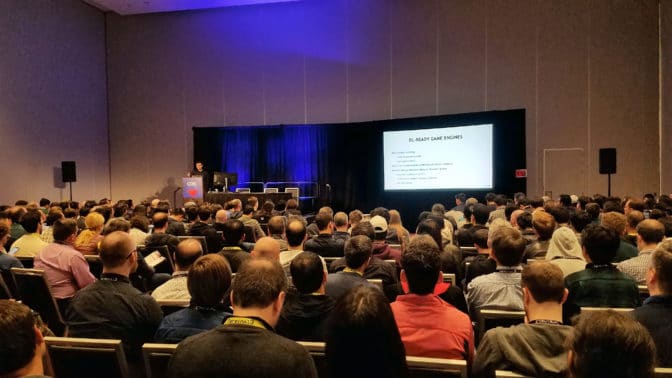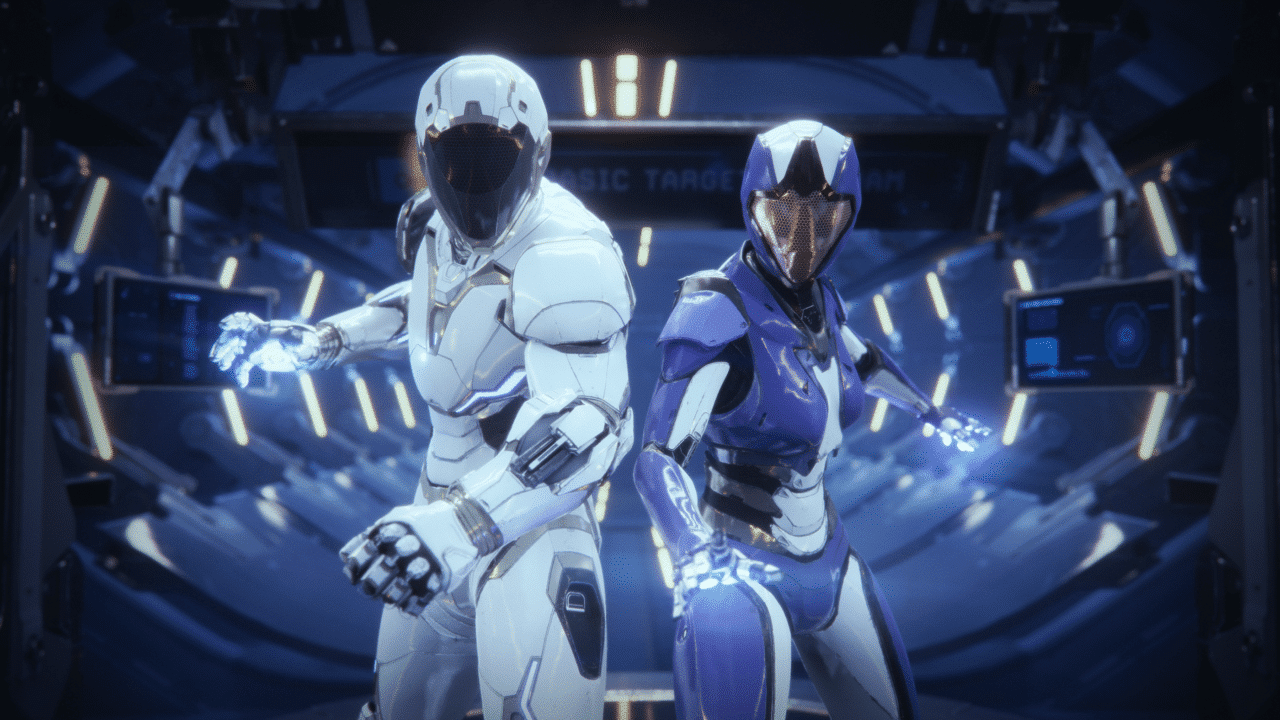From all the announcements, demos and technology showcases on the show floor this week at the Game Developers Conference in San Francisco, one thing is clear: ray tracing was the hit of the show.
From integration into the world’s biggest game engines, including Unreal and Unity, new demos showcasing the impact that ray tracing can have on gaming, new game announcements, and new tools, developers are excited about adding real-time ray tracing into their games.
Ray tracing is poised to deliver the biggest fundamental shift in video games in 15 years. And game engines are the key to its widespread developer adoption. Essentially, most of the world’s leading game engines now support real-time ray tracing either through the use of industry-wide APIs such as DirectX Ray Tracing or Vulkan, or customized integration.
At GDC, Epic announced that Unreal Engine 4.22, which is used by over 7.5 million developers worldwide, will receive support for real-time ray tracing, as it moves from “preview” to “supported” within the next two weeks. They also unveiled a jaw-dropping tech demo called Troll, which was rendered in real time using Unreal Engine 4.22 and powered by a single GeForce RTX 2080 Ti.
Unity also announced it is integrating ray-tracing support in their high-definition rendering pipeline (HDRP) providing developers access to an experimental build starting in early April, followed by full preview access in the upcoming 2019.03 Unity release.
In related news, Microsoft has added Variable Rate Shading to its DirectX 12 API, a key technology component of the Turing architecture. VRS increases rendering performance and quality by applying varying amounts of processing power to different areas of an image.
There were a number of game announcements during the show as well including:
- An update to Shadow of the Tomb Raider is out now, adding highly detailed real-time ray-traced shadows and AI-powered NVIDIA DLSS technology.
- NVIDIA was announced as the official graphics partner for Vampire: The Masquerade – Bloodlines 2, a sequel to the cult RPG classic, and we’re helping integrate real-time ray-tracing effects and performance-enhancing DLSS technology to deliver the best possible experience for PC gamers.
- Dragonhound, Nexon’s upcoming online action RPG monster battle game, will feature real-time ray-traced reflections and shadows.
- Quake II RTX —the classic Quake II was modified in the open source community. The renderer was converted from raster to full path tracing, with all lighting computed dynamically using ray tracing. NVIDIA’s engineering team further enhanced it with improved graphics and physics. Quake II RTX is the first ray-traced game using NVIDIA VKRay, a Vulkan extension that allows any developer using Vulkan to add ray-traced effects to their games, and is the first fully real-time path-traced game ever.
And, ray tracing is now coming to tens of millions GPUs with the announcement that we’re bringing support to GeForce GTX GPUs. For gamers using GeForce GTX 1060 6GB or higher GPUs, an April driver update will allow them to check out ray tracing in any of the games or benchmarks available today and in the future. That includes all those developed with the Microsoft DXR or Vulkan APIs.
On the ground at GDC, the excitement among developers for ray tracing was palpable. The sessions on ray tracing were packed, with many needing to be turned away.

Even books about ray tracing were a hit. Edited by two NVIDIA engineers, the new Ray Tracing Gems is a collection of several dozen articles focused on ray-tracing techniques for serious practitioners. Like other “gems” books, it focuses on subjects commonly considered too advanced for introductory texts, yet rarely addressed by research papers.
Finally, Epic, Microsoft and NVIDIA announced a “DXR Spotlight Contest for Game Developers.” In celebration of the release of real-time ray tracing support in Unreal Engine 4.22, game developers and content creators need to submit tech demos that use real-time ray-traced reflections, real-time shadows or real-time global illumination with Unreal Engine 4.22 featuring Microsoft DirectX 12 and DXR. The winners get NVIDIA TITAN RTX GPUs.
Find more details on the Unreal Engine 4.22 contest at https://developer.nvidia.com/DXR-spotlight.
We don’t know what we’ll see at GDC 2020, but with ray-tracing taking off, we know it’s going to look good. See you there.
